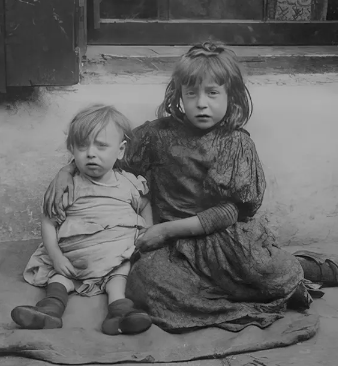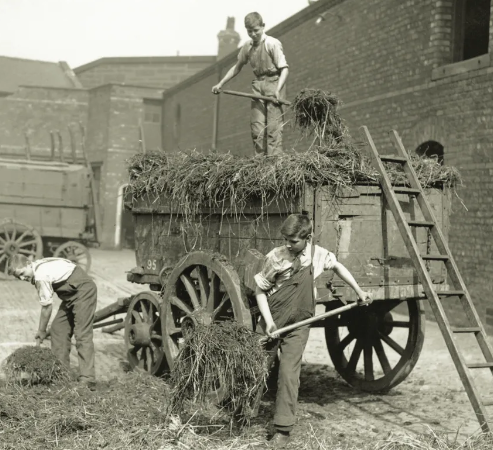Saturday, 28 September, marks British Home Child Day, honouring the achievements and contributions of these young immigrants.
 The program brought around 100,000 young immigrants to Canada. Despite its flaws, it offered many opportunities for a better and healthier life than they might have had in Britain1. We must acknowledge the dedication of the leaders of the charitable agencies who, lamenting the plight of needy children on Britain’s mean streets, took action to move them into a more promising situation.
The program brought around 100,000 young immigrants to Canada. Despite its flaws, it offered many opportunities for a better and healthier life than they might have had in Britain1. We must acknowledge the dedication of the leaders of the charitable agencies who, lamenting the plight of needy children on Britain’s mean streets, took action to move them into a more promising situation.
The children’s stories of resilience and achievement are a notable part of Canada’s immigrant heritage.

We should not sugar-coat the challenges these young immigrants faced adapting to a new country, culture, and rural lifestyle — experiences shared by many immigrants throughout Canadian history.
Many British home children found educational opportunities, developed skills, and built successful careers and families in Canada. Their contributions to Canadian society were significant, particularly in agriculture, rural development, and the military.
This nuanced understanding, free of the label of unwilling victims, allows us to appreciate the variety of home children’s experiences. Historical events often have mixed legacies.
The Canadian government actively supported and facilitated the immigration of home children, viewing it as a means to address labour shortages and contribute to nation-building. It must share credit for the successes as well as the shortcomings.
- As a measure of health, in 1900, the infant mortality rate was 20% higher in the UK than in Canada.

